The proliferation of mirrorless cameras paved the way for a rapid increase in vintage lens usage on digital. An average camera nowadays can, without much hassle, support practically any common lens mount of yore, and many of the uncommon ones too. Back in the DSLR days that choice was pretty much limited to SLR lenses only.
But if you’re shooting a rangefinder, the pool of lenses that might catch your eye is much smaller. But then again, if you’re shooting a rangefinder you’re used to limitations. I’d go even further and say you are likely someone who embraces them. Too much choice can be overwhelming. Restrictions are a feature, not a bug. Or not, you do you.
The mount of my choice is LTM and my collection mostly spans the period from 1930s to the early 1960s, ending around the time the popularity of the SLR truly exploded. And despite this being a seemingly small fraction of the overall vintage lens market (including modern, manual, vintage-inspired lenses using classic lens designs), there’s a lot more there than the average vintage enthusiast can acquire or even try.
However, sometimes you just want something different and exotic that won’t cost thousands, a lens that nobody else shoots in the Facebook groups you participate in. And that’s how 2 years ago I acquired a couple of custom-adapted lenses from Kodak Retina cameras, one of them being the Kodak-Anastigmat Ektar. Neither of them was quite fit to be used right out of the gate and it took a fair bit of effort (not mine) and money (mine) to get them to a fully working condition. But, spoiler warning, looking back I think it was totally worth it.
Background
Kodak Retina cameras were (mostly) fixed-lens viewfinder and (later) rangefinder folders manufactured between 1934 and 1969. They came equipped with lenses by different makers, including Carl Zeiss Jena, Schneider, and Rodenstock, as well as Kodak themselves. While more expensive than the Retinette range, they were generally considered consumer cameras. They were nonetheless very well made cameras and featured excellent optics. On top of that, they were the first cameras to use the 35mm film cassette that is the standard to this day.
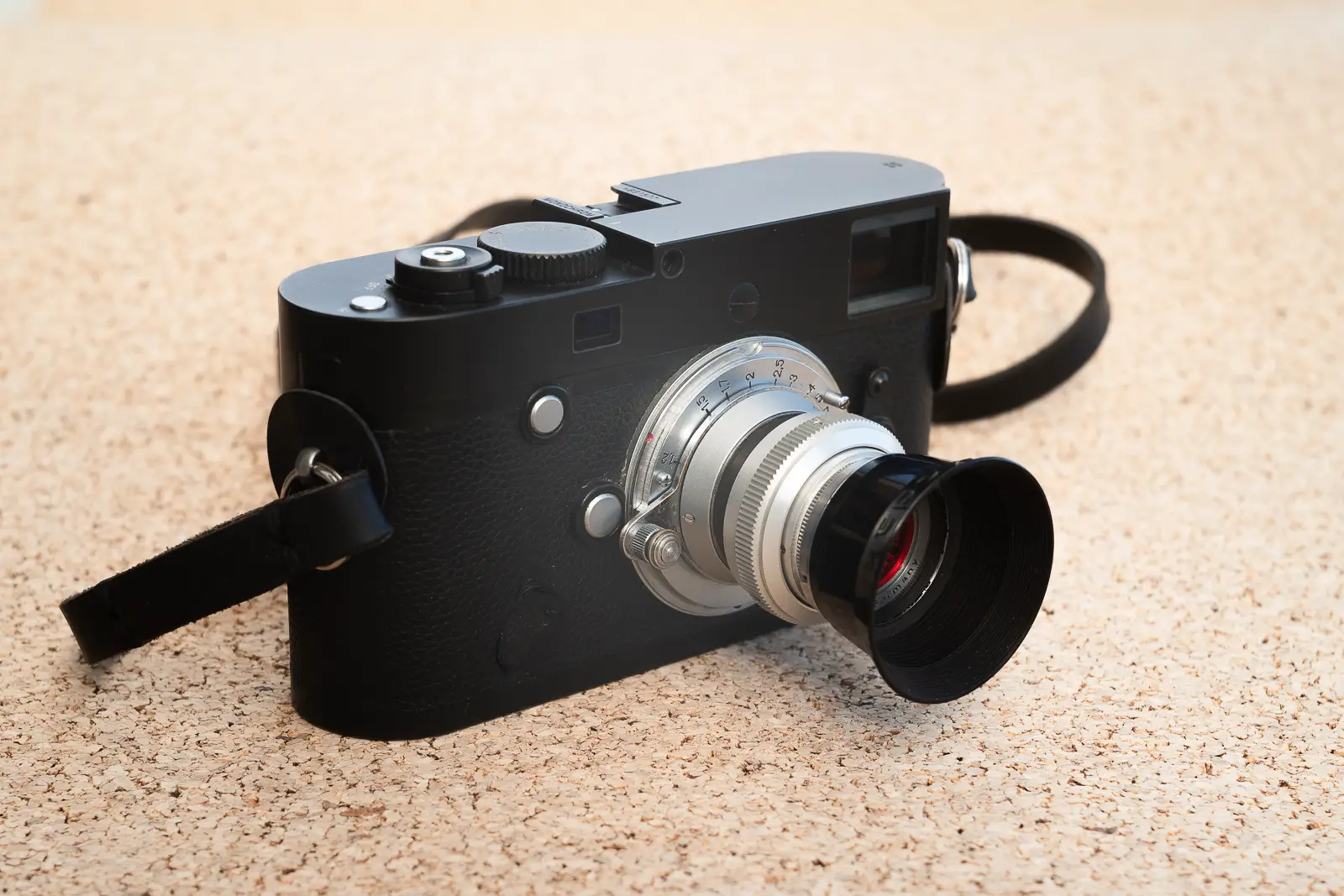
Since I don’t know which exact model of the Retina the Kodak-Anastigmat Ektar 5cm f/3.5 came from, I was only able to determine that it was one of the pre-war ones (most likely, I’m not 100% sure). Kodak lenses designated as Anastigmat Ektar were considered their top-of-the-line, made to higher standards than their other lenses at the time. Particular care was being taken when correcting optical flaws of this line of lenses, such as astigmatism and chromatic aberration. The design used for the 5cm f/3.5 lens was a Tessar.
Conversion, usability, and issues
An Industar lens mount, helicoid, and rangefinder coupling were used as a base for the conversion. The rest of the lens body is made out of custom-created parts, this includes the aperture ring. The original lens body was much wider as it had to accommodate the central shutter. The end result is much slimmer and very compact. It weighs 147g with the adapter adjusted for it and is a mere 34mm long from the mount. If you exclude the mount, it’s 36mm at its widest.
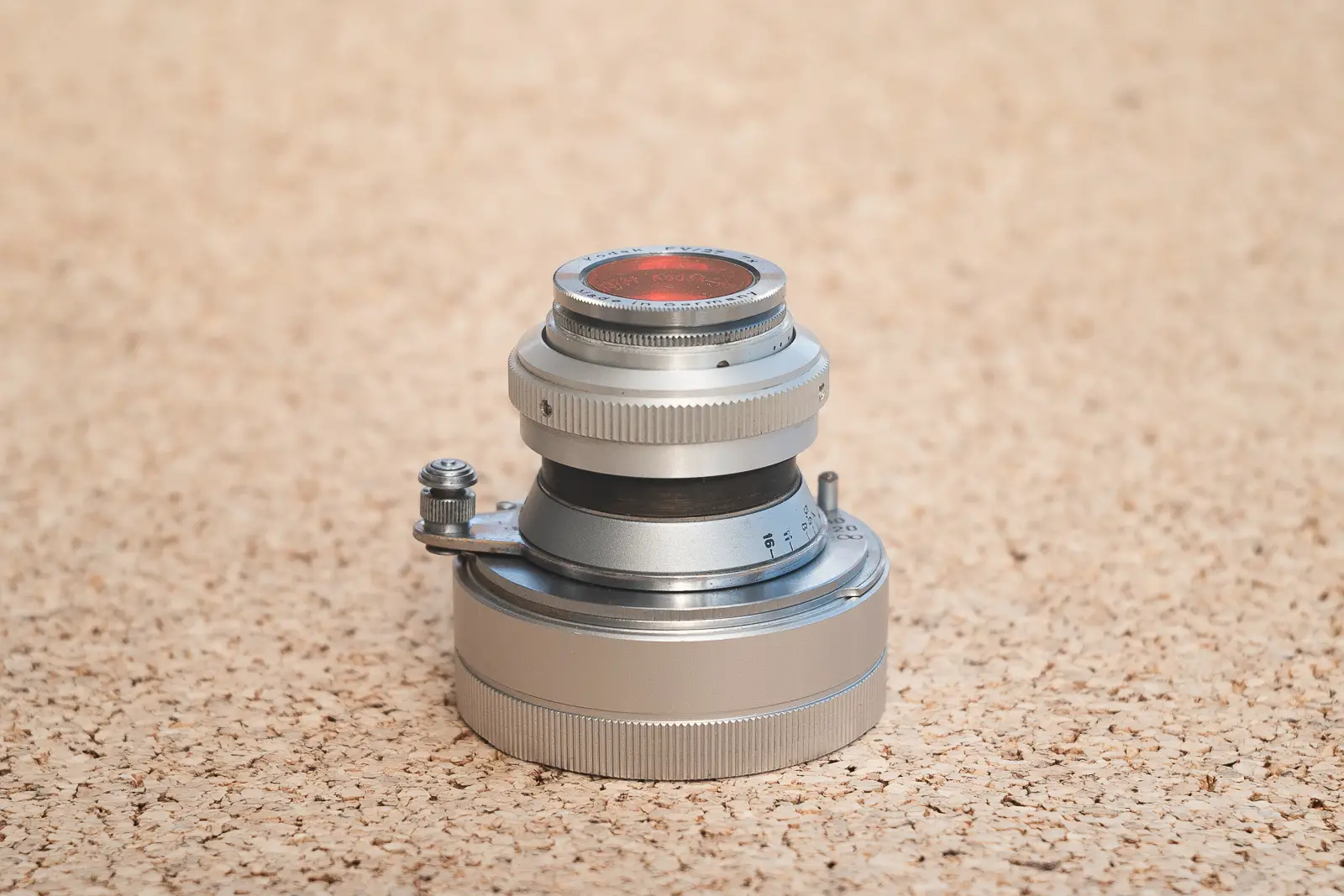
The knurled aperture ring is unmarked but as far as I can tell stops the lens down to f/16, clicking at f/3.5, 4.5, 5.6, 8, 11, and 16. The aperture features 9 slightly curved blades.
The lens features an infinity lock in a different position than that traditionally found in most LTM lenses which posed issue number one – the cutaway in the LTM-M adapter allowing for the infinity lock clearance had to be enlarged so that the lens can be focused past the point where it would normally reach infinity.
The bigger issue was that the lens had severe front-focus. The seller claimed it was tested on a Leica III but it makes me wonder whether he took photos with it or only checked if the patch lined up at infinity. In any case, I sent it off to Skyllaney who confirmed the focus was off by around 10-15cm at the minimum distance (a considerable amount even for a slow lens) and did a wonderful job making adjustments to it. Since (spoiler warning again) the other lens also suffered from focus issues, the lesson here is it’s safe to assume you will need to make additional investments in rehoused lenses to get them to work correctly so factor that in if you intend to purchase one.
Hood and filters
Kodak Retina cameras were very popular and to this day are easy to find in a decent shape. So are the accessories for them. The Kodak-Anastigmat Ektar lens takes the tiny 21.5mm filters which can be found by searching for “Kodak 27”. They are very slim and only feature a male thread. This was to allow for the camera to be folded without having to take off the filter.
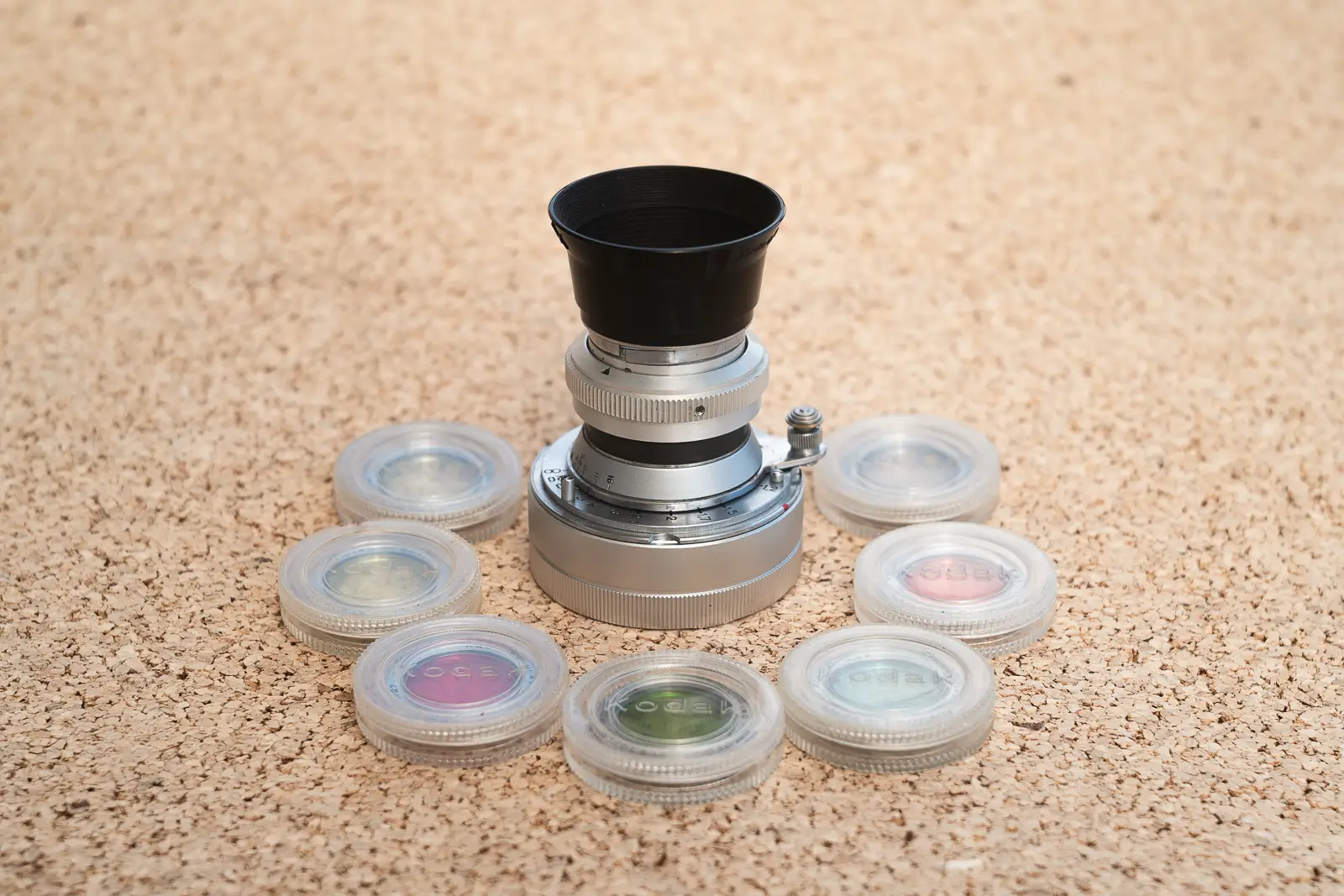
The (hopefully) complete set I managed to gather is marked with FI/27 to FVII/27. The Filters are high quality and each comes in a little plastic keeper. Having recently experimented with Kodak Series filters and adapters I continue being thoroughly impressed with how well their accessories are made.
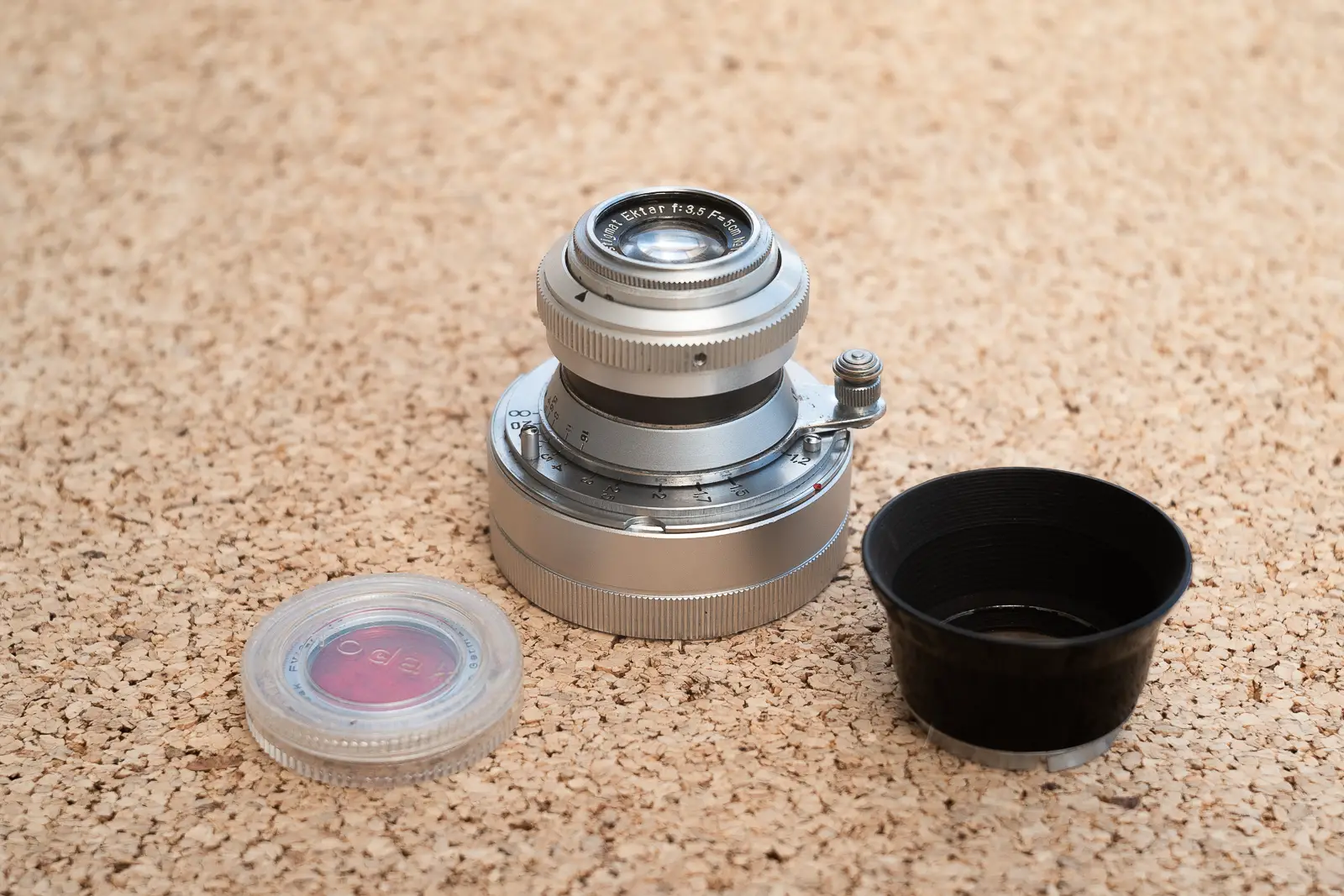
The hood is push-on and fits snugly on the lens whether there is a filter attached to it or not. Its mount is made out of metal and the hood itself is black glossy plastic. Luckily, the custom conversion doesn’t impede using this dedicated Kodak hood.
Image quality
It is especially important in a fixed lens camera (most Retinas featured fixed lenses, only a couple of models allowed to change them) that the optics are sharp and versatile. The Kodak-Anastigmat Ektar is in many ways a typical uncoated 1930s lens – it’s sharp in the centre with some resolution decline towards the edges, but not too much. It is usable from wide open, which is important as it’s a relatively slow lens at f/3.5. Overall, it compliments a fixed lens camera very well.
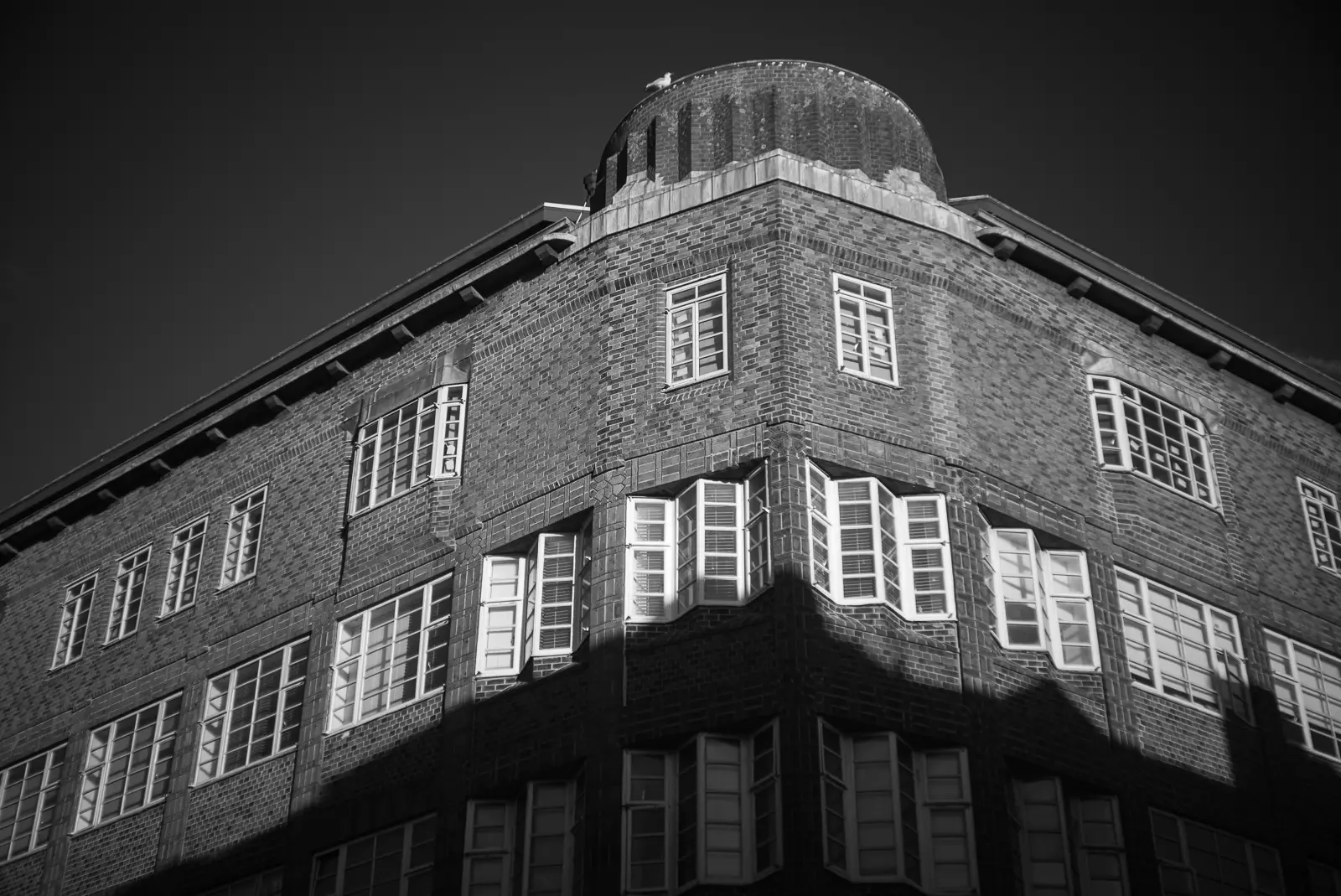
As any decent lens should be, the Kodak-Anastigmat Ektar is versatile and produces good quality images
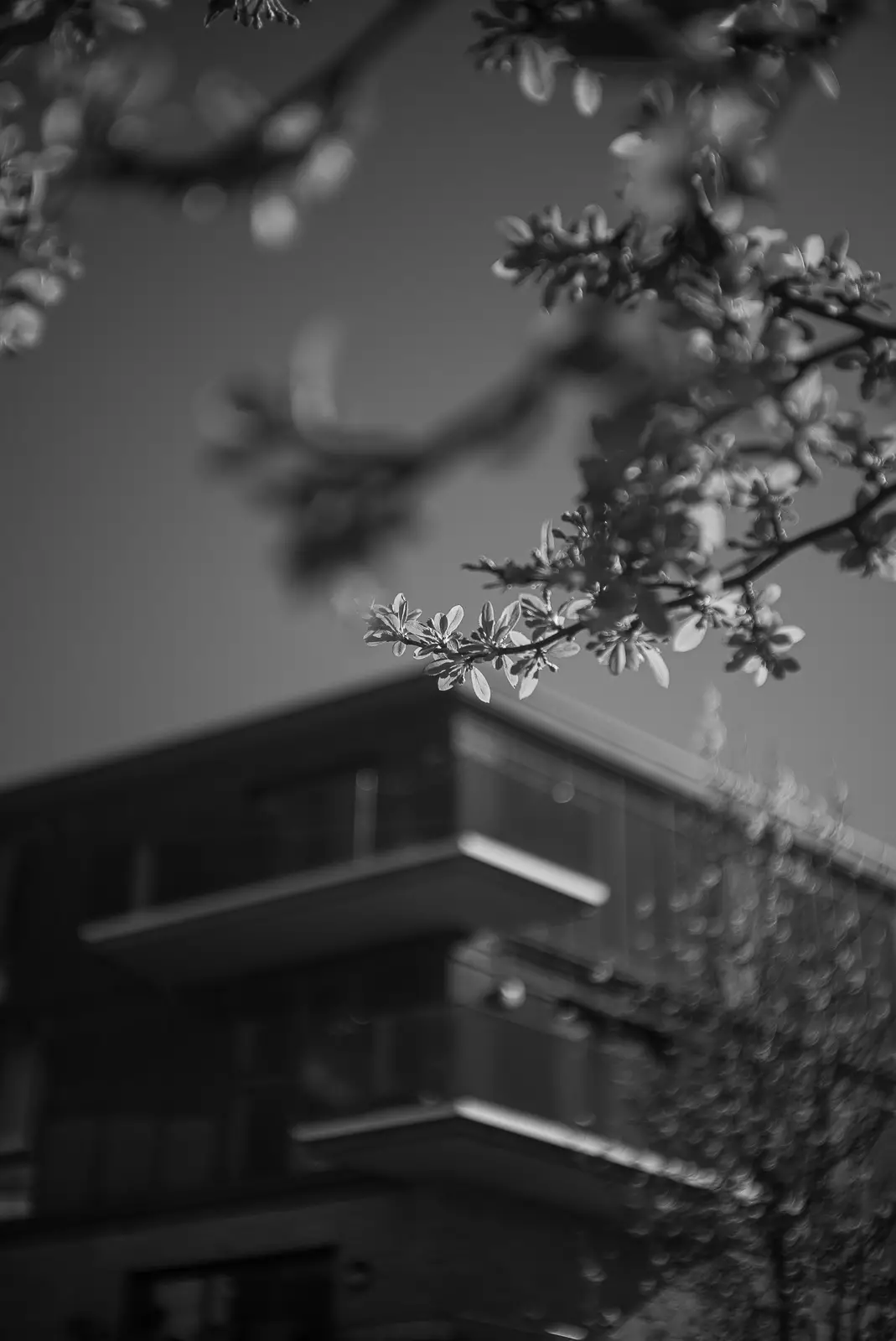
Wide open it’s got a lot of charm and vintage character
Stopped down it is capable of producing images that exhibit very good contrast both in black&white and in colour. The colours aren’t super vibrant but have a certain richness to them. The Leica SL has a tendency to capture images on the cool side so I thought it might be a good idea to set the white balance to shade. The resulting photos have quite a filmic look to them I think.
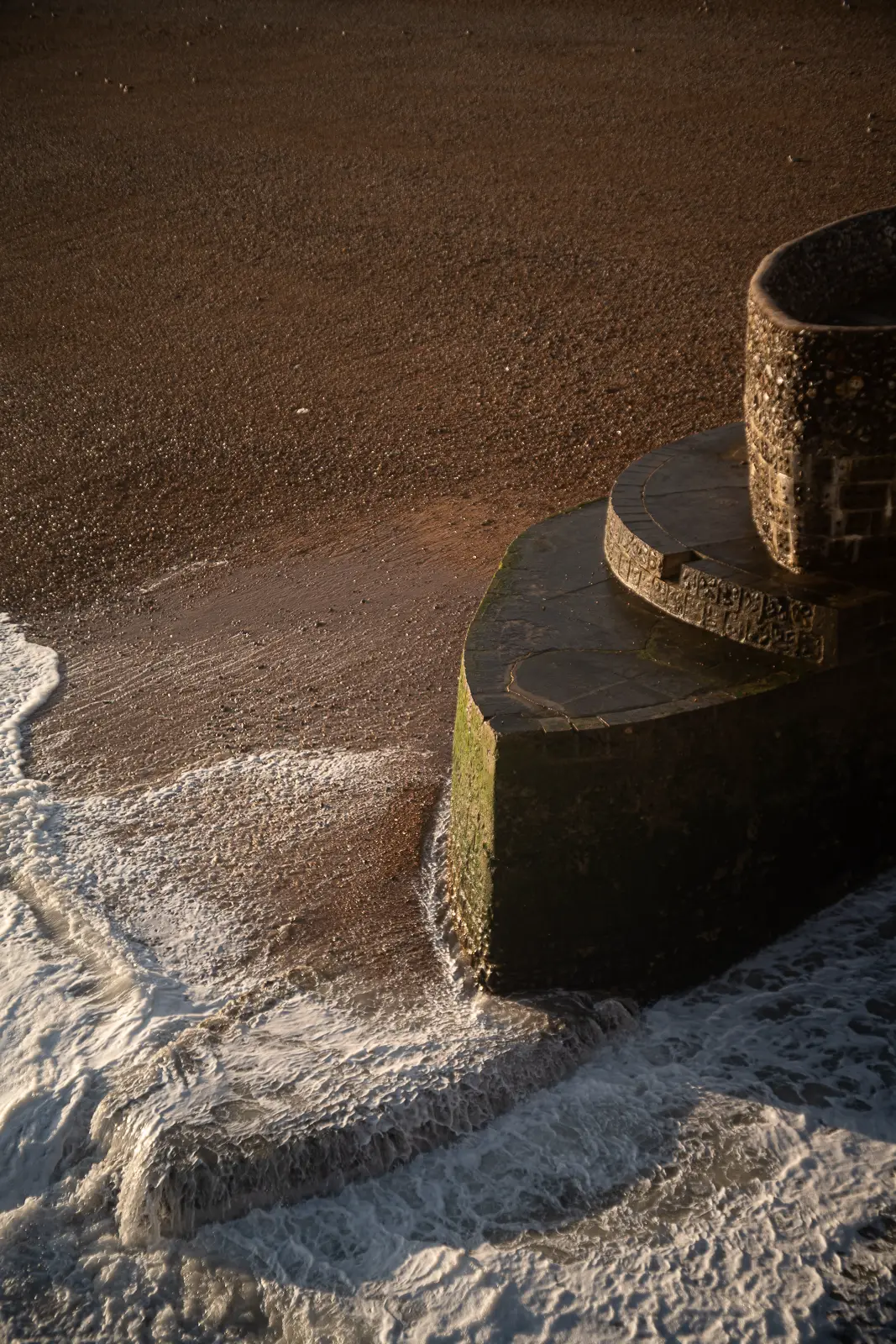
Stopped down it has decent contrast and subdued but rich colours
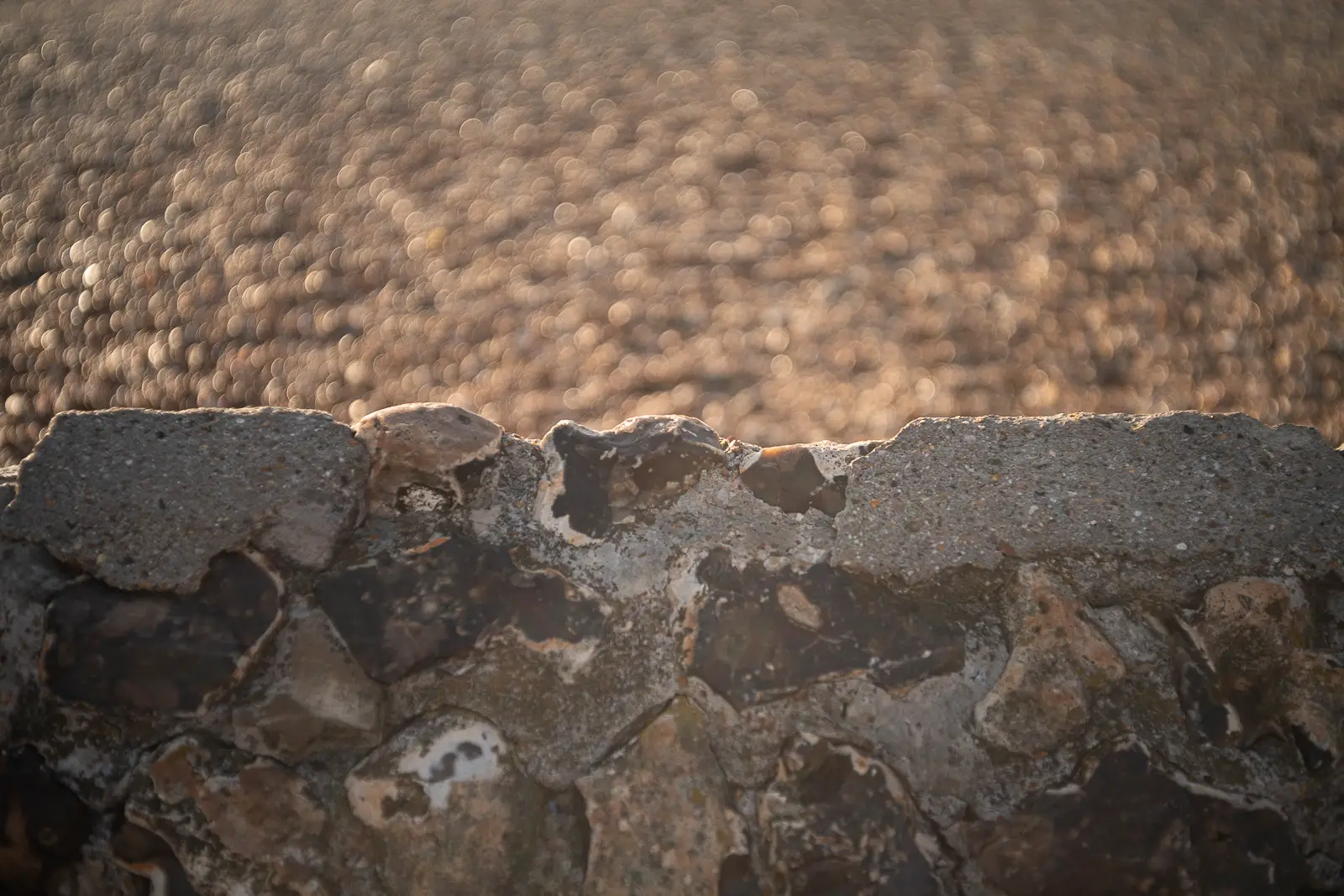
Lower contrast and fish scale bokeh wide open
Wide open it is sufficiently sharp in the centre of the image. Despite its modest aperture it produces interesting bokeh akin to that of the 42mm Summar (I described it as a fish scale bokeh). It has a bit of swirl to it too. It’s one of those lenses that have vintage character without having to be super fast. The contrast, of course, is lower at wider apertures.
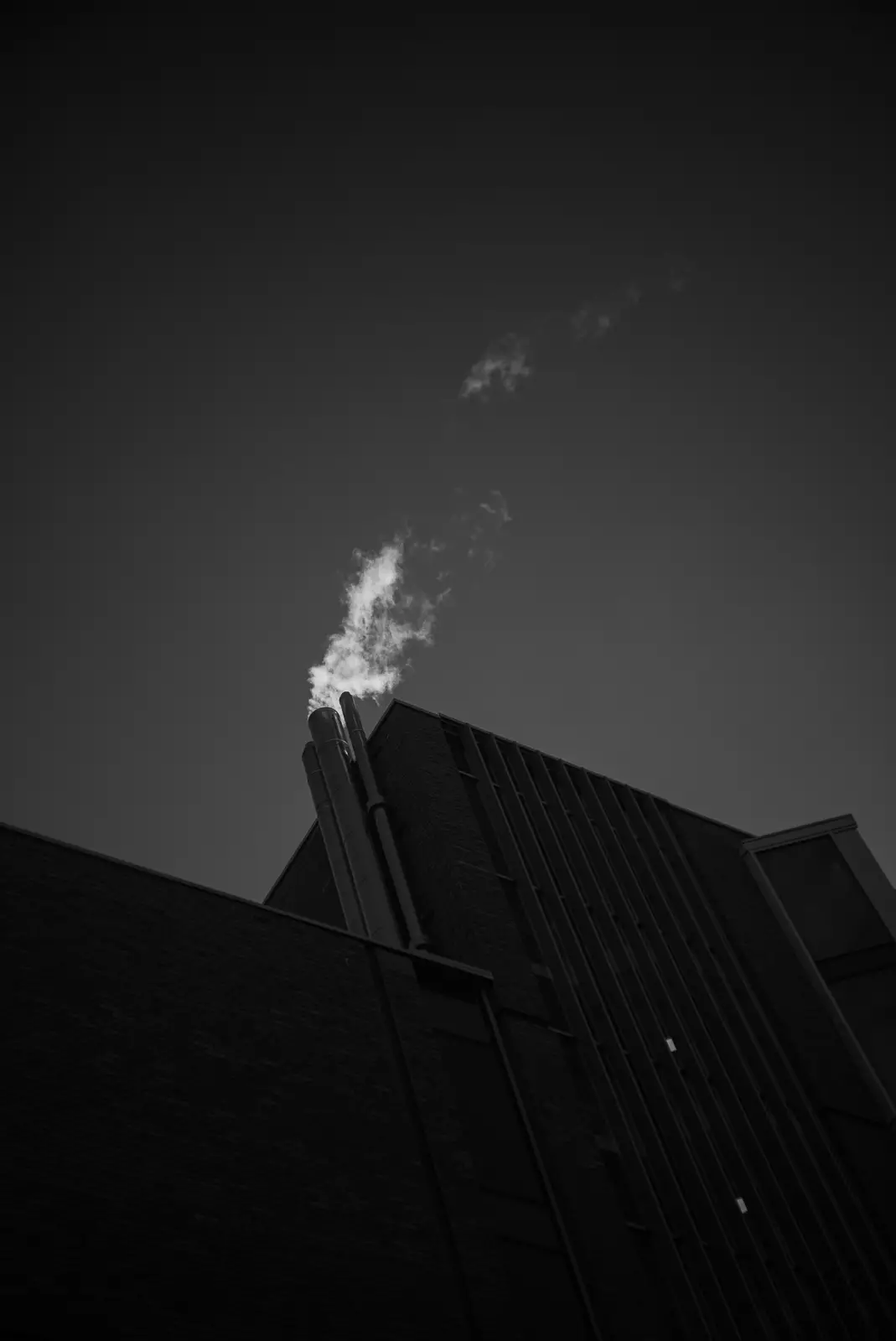
The Ektar works very well with the red filter
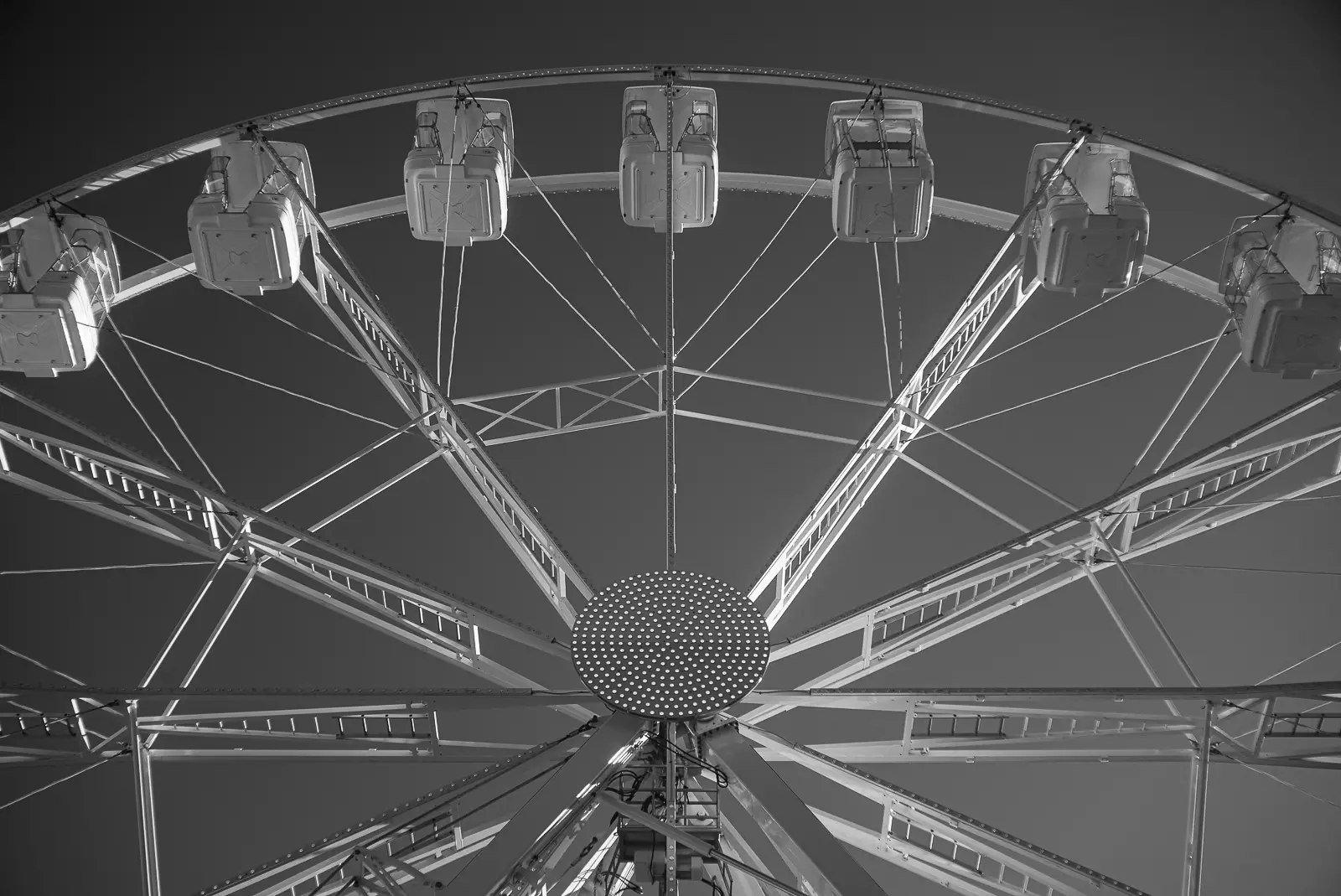
Sharpness is sufficient, especially considering this is a pre-war lens
In black and white the lens handles the red filter very well. The stark contrasts, light and shadow play, textures – it’s all rendered how it should. Edges are crisp and clean without much glow. Once again I really like medium contrast lenses in high contrast situations. 50mm might not be an ideal focal length for architecture but if you’re fine with that it’s actually a very good lens for it, despite a small amount of distortion (usually not enough for me to feel the need to correct it).
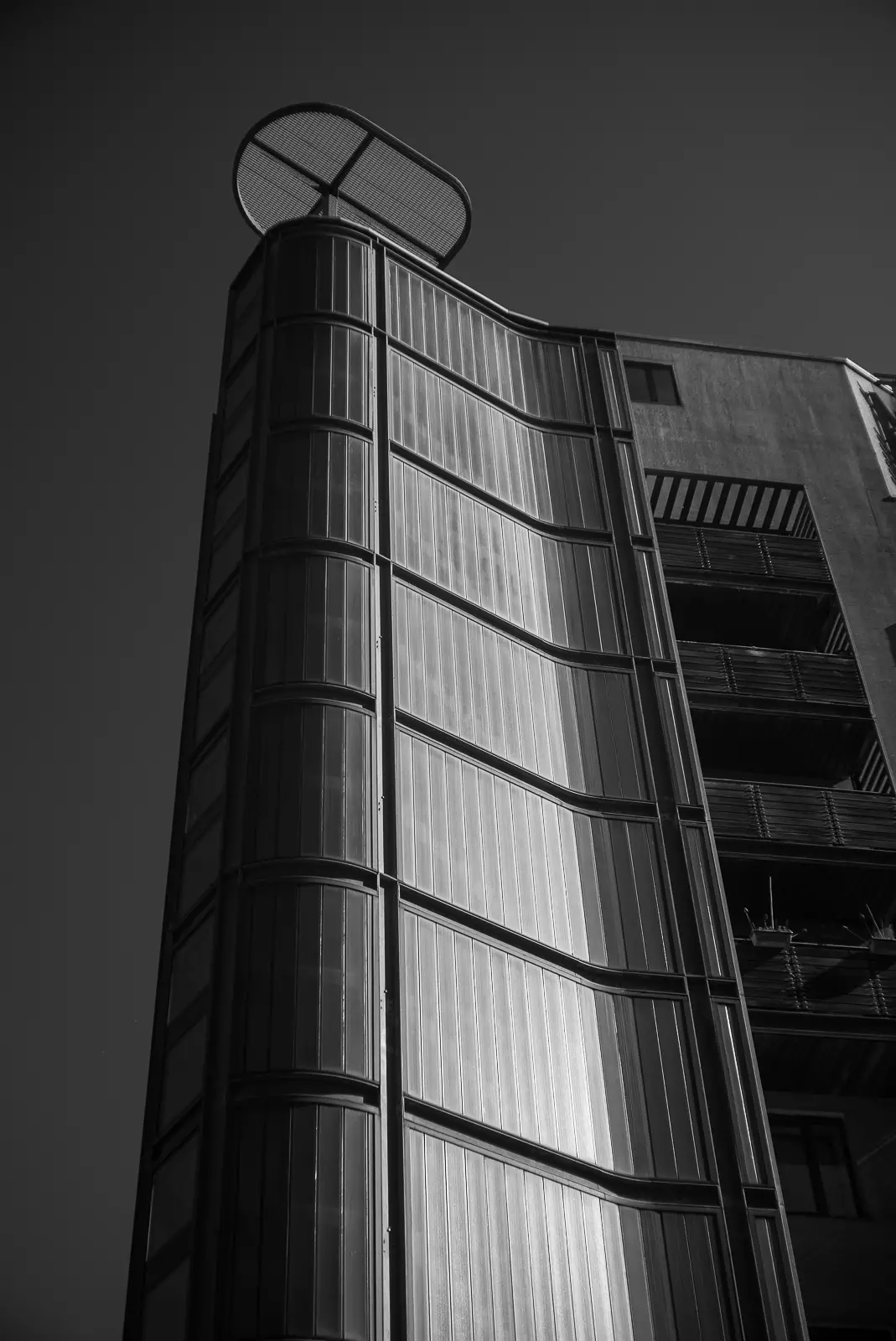
Despite a bit of distortion, it works pretty well for architecture

Good sharpness and clean lines without glow
There’s some vignetting present but not too much. I like a vignette, it makes the composition appear more deliberate and minimises the impact of distracting elements along the edges of the image. One aspect you need to watch out for is flaring. In certain situations it heavily veils most of the frame. It is not without its charm, embrace it or point it away from the sun.
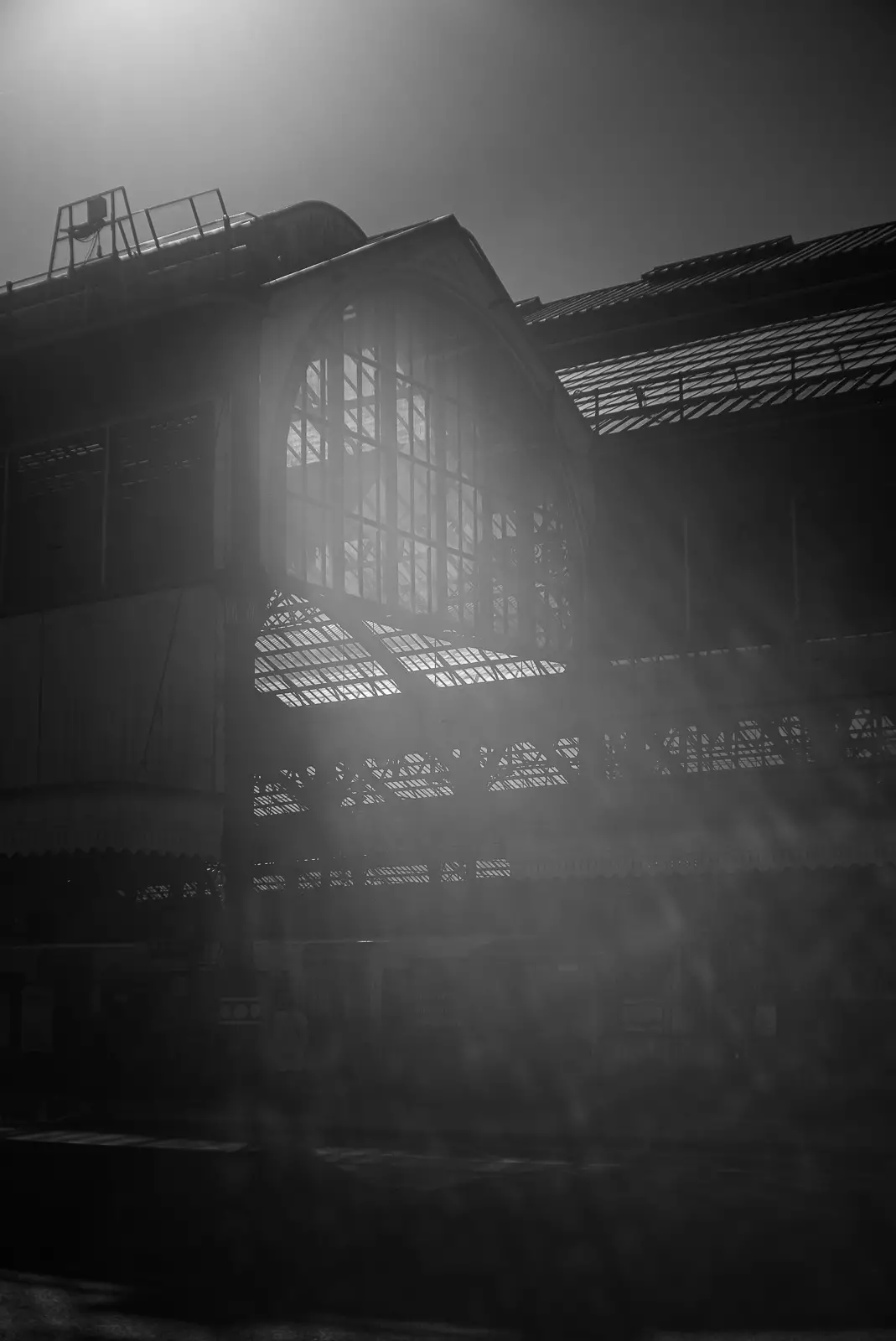
Watch out for the sun’s position and use a hood if you want to avoid the flare
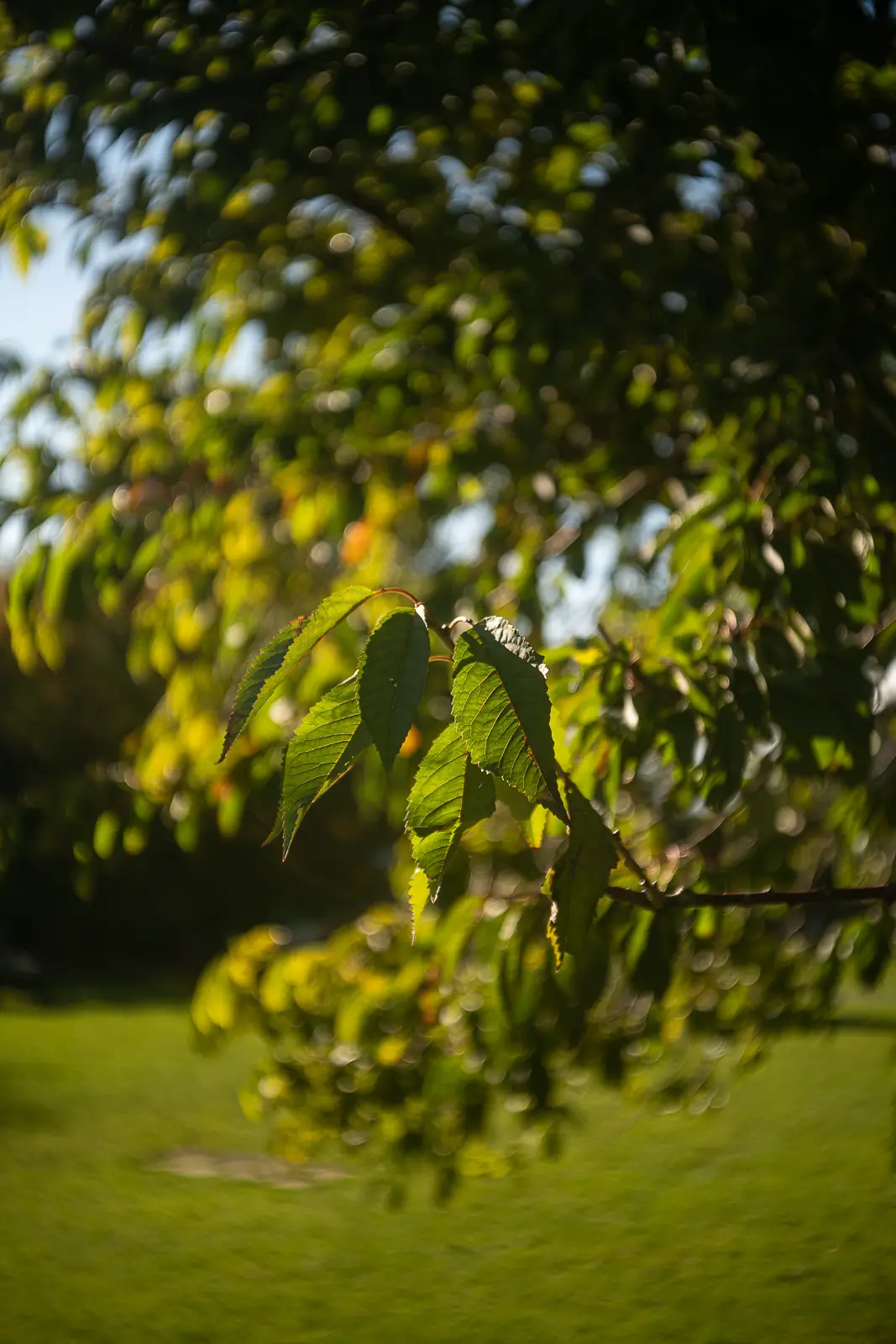
On other occasions it can produce images that have high enough contrast even wide open
Conclusion
While it may not be quite as crisp as some later lenses, the Kodak-Anastigmat Ektar is a solid lens in terms of its optical qualities. Keep in mind it is a pre-war lens. If you approach it with realistic expectations you will be pleasantly surprised.

Autumn colours come out rich even in overcast conditions
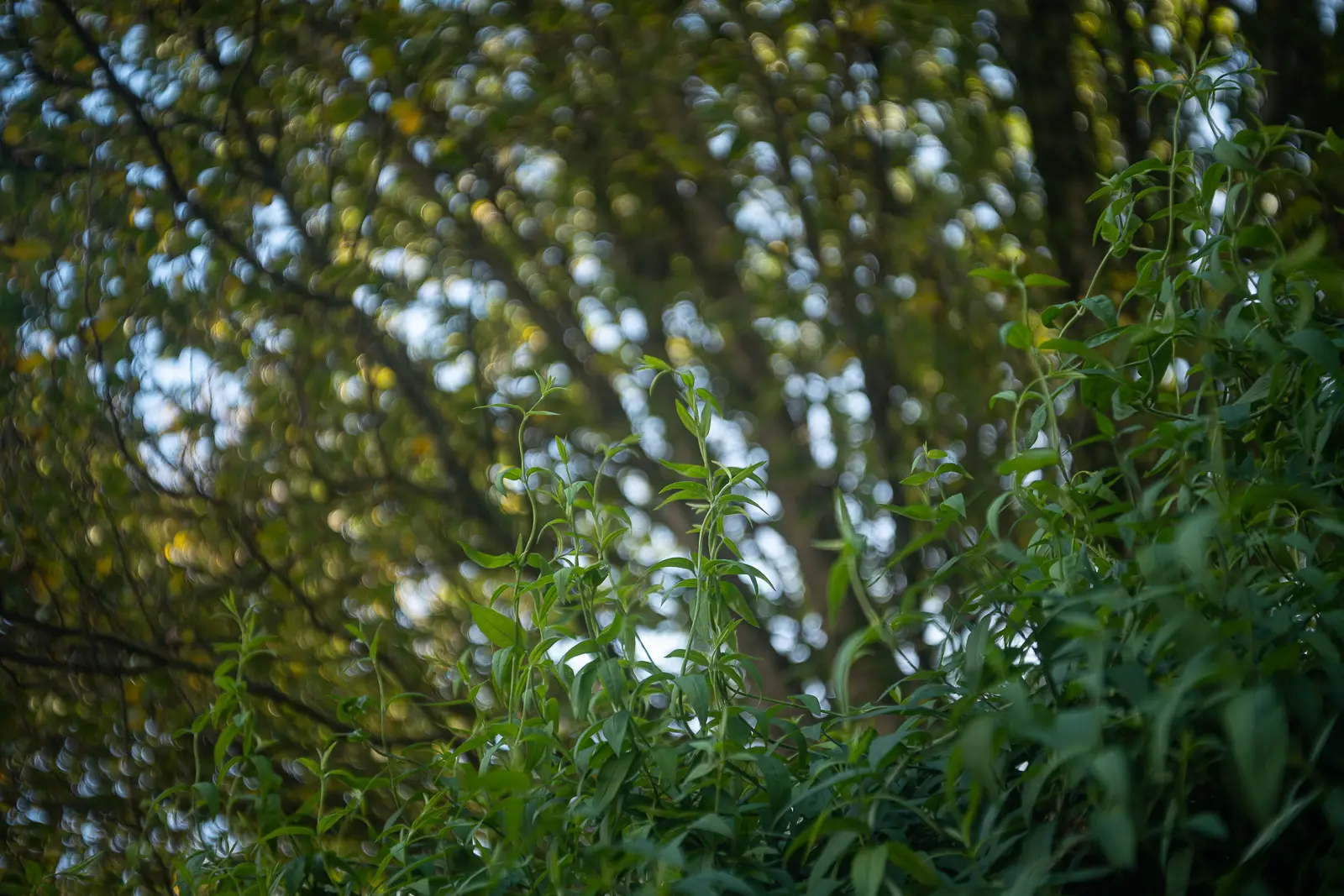
Another example of Ektar’s bokeh
Converted Kodak Retina lenses crop up on Ebay regularly however expect most of them to suffer from similar issues to the lenses I have. Or, if you are more handy than I am, I’m sure you can find complete camera bodies for cheap, especially if they’re in a poor mechanical state. These lenses perform very well on digital and offer something a little different.
You can check out more shots taken with the Kodak-Anastigmat Ektar 5cm f/3.5 on my Flickr where I meticulously arrange all my images into albums for each vintage lens I use. Also stay tuned for the second mini review of another Retina lens soon.
Share this post:
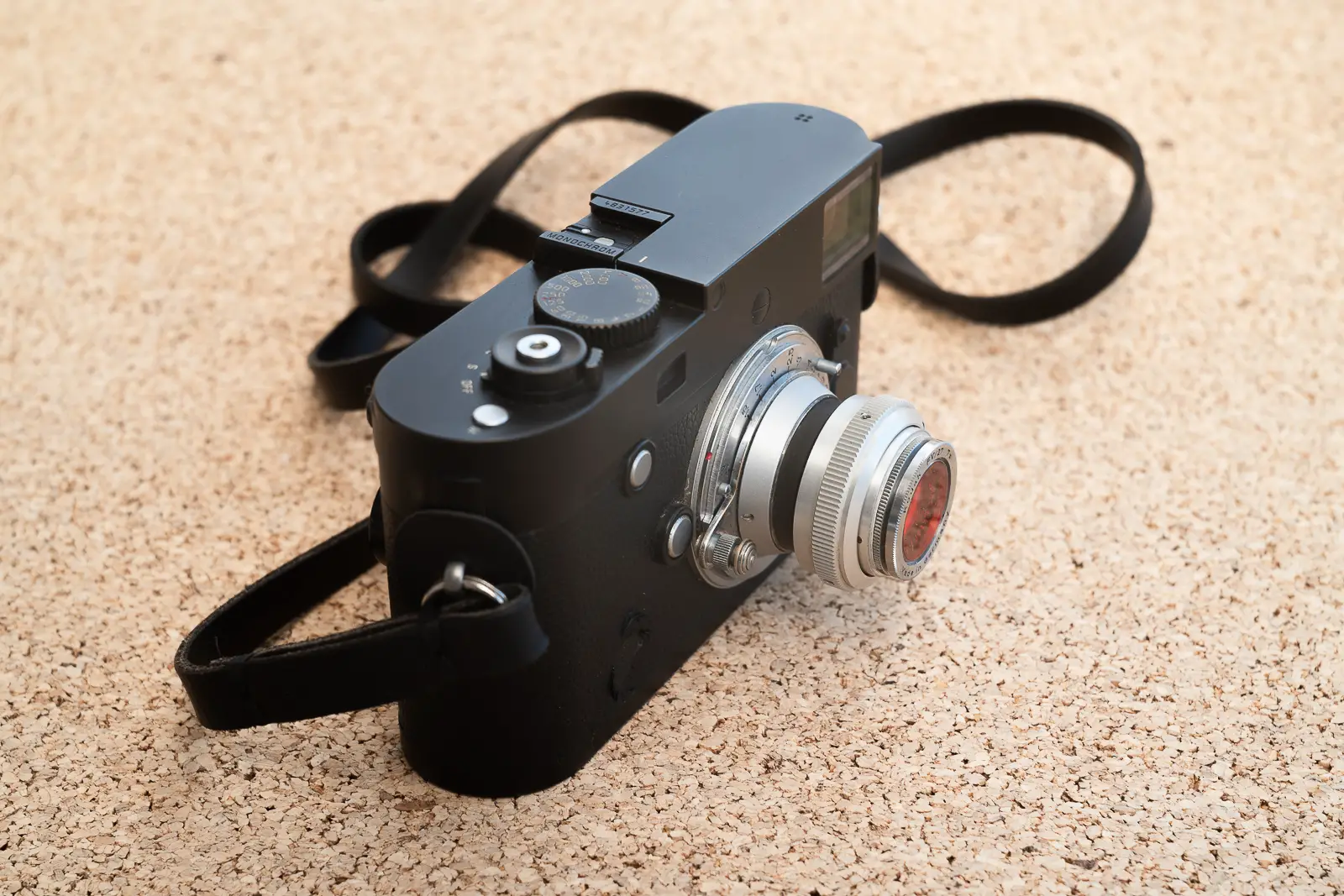



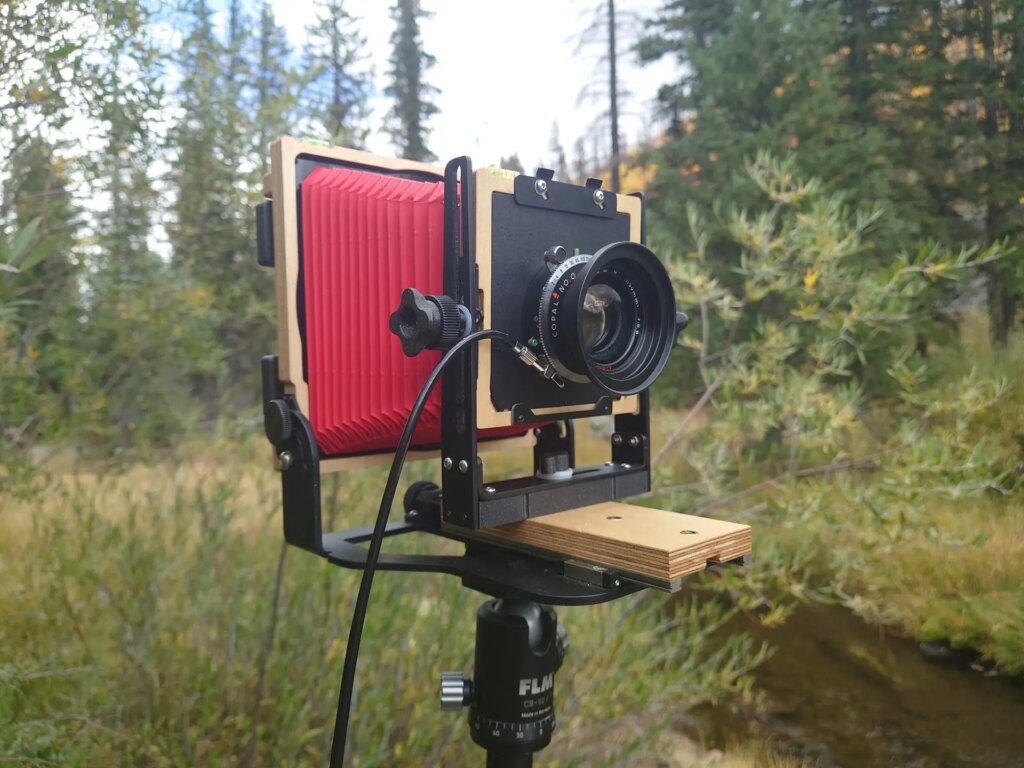




Comments
Murray Leshner on Kodak-Anastigmat Ektar 5cm f/3.5 – Retina Lens Mini Review
Comment posted: 13/11/2023
For anyone considering 'rescuing' lenses from damaged Kodak Retina cameras, the shutters are usually Compur (Size 0, IIRC), with an M25x0.5 thread on the back.
The retaining ring is a very thin threaded tube inconveniently deeper inside the back of the camera than many other cameras. I think the 'proper' tool has a non-helpful description like Kodak No. 288. Good luck finding one. Someone made a sketch of one for me but too many other skills beyond my own would have been needed to make one.
After acquiring three different Retina models with appalling damage (2 from a recycling store with a very high damaged-goods 'rating', making me think someone 'donated' what they had attempted mangling to various degrees), I discovered a long pair of thin needle-nosed pliers that could reach the retaining ring (which is perhaps more accurately called a collar or bushing in some of these cameras...they are extremely thin in diameter, and several times taller than common retaining rings on similar shutters on other cameras.
The adaptation I did was to (eventually) discover threaded adapter plates made for microscopes. I had read of others using shutter-thread to M39-LTM plates, then other helicoids for focus range. I adapted to Sony E-mount. I have not personally successfully salvaged a Retina focusing helicoid. The Kodak/Deckel mechanisms are not friendly to easy removal and sometimes are what one finds damaged on a poor-condition specimen. But more commonly, the folding struts are damaged or someone has taken/'cannibalized' parts & a bargain camera is actually incomplete as well.
So the 'magic ingredient' for me was the M25x0.5 - M42x1 adapter plate with an inner and outer thread, allowing M42-native camera mount helicoid adapters. I'm not sure, but think LTM is M39x0.75 mm. The LTM designation is a pretty safe target to look for. M#x# adapters leave one at risk of measurement. I bought only one M25x0.5-M42 adapter because I mistakenly & over confidently bought two M32x0.5-M42 adapters for a pair of larger broken shutters and realized later I needed M32.5...or was it M33? All three were available.
Comment posted: 13/11/2023
Zvonimir on Kodak-Anastigmat Ektar 5cm f/3.5 – Retina Lens Mini Review
Comment posted: 13/11/2023